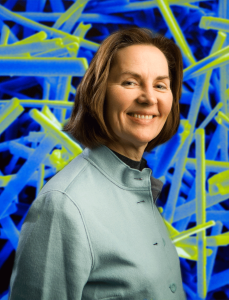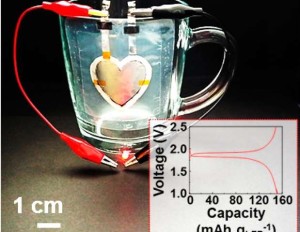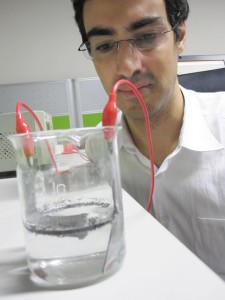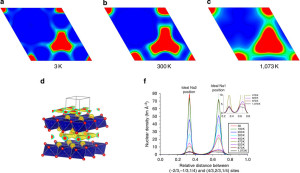Thanks to a development in OLED (organic light-emitting diode) technology by LG, we can now roll up our television screens like a newspaper.
LG recently unveiled their new 18-inch television panels, which are so flexible they can be rolled up to 3-centemeters without affecting the display or functionality.
The company achieved this through innovation in OLED technology, which allows for thinner, lighter, and more flexible screens. This technology is also lending itself to the second screen LG unveiled, which is nearly transparent.
But why would you want to roll up your television screen? Well, you probably wouldn’t. However, the bendable nature of the panels makes the screens virtually unbreakable and give them the ability to curve to walls to make your viewing experience more aesthetically pleasing.
“LG Display pioneered the OLED TV market and is now leading the next-generation applied OLED technology,” In-Byung Kang, LG Display’s senior vice president and head of the R&D Center, said in a statement. “We are confident that by 2017, we will successfully develop an Ultra HD flexible and transparent OLED panel of more than 60 inches, which will have transmittance of more than 40 percent and a curvature radius of 100R, thereby leading the future display market.”






